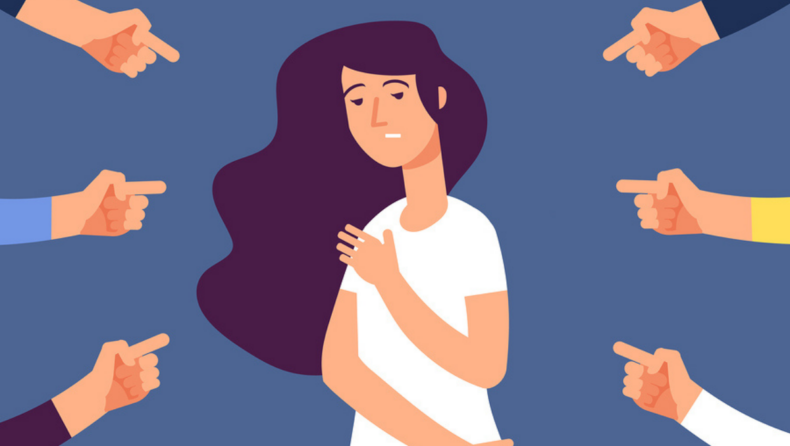What is bullying?
Bullying is the abuse and mistreatment of someone vulnerable and weak by someone stronger and/or more powerful. Thinking of the term “bullying”, we can conjure up many different kinds of scenarios in our minds. Like school bullying, domestic bullying, workplace bullying, cyberbullying, etc.
Even though we live in the 21st century, for many people, bullying is still a very sensitive topic, and people don’t want to get themselves involved in other people’s mess.
Ironically, isn’t that being insensitive as they just play the role of a bystander and take relish in other people’s misfortunes rather than helping them?
What bullying is and is not?
Many people subconsciously link harassment and discrimination with bullying. But they are not the same. While harassment is a type of illegal discrimination and is defined as offensive and unwelcome conduct, bullying is the mistreatment of someone physically and mentally, which is, comparatively, much more severe than harassment. Bullying is also not some kind of unkind, mean, or harmful behavior. Every conflict cannot be considered bullying.
Bullying is the repeated threats or actions directed towards a person by one or more people who have or are perceived to have more power and/or status than their target to cause fear, distress, and harm.
In some cases, it can cause such serious physical and mental damage to the person being bullied that, in some cases, they may even decide to take their lives.
What role does Social Media play in Cyberbullying?
Cyberbullying is bullying that takes place over digital devices like cell phones, computers, and tablets. It is a growing problem that is associated with social media use.
In the past decade or so, it has become a significant health concern. It can lead to mental and behavioral health issues and an increased risk of suicide. According to experts, spending more time on social media platforms can increase the risk of cyberbullying. Social media cyber bullying should be stopped because it is wrong and very harmful.
Nowadays, children ages 11–18 are on all kinds of social media platforms. So, these kinds of activities on social media can cause more damage to their mental well-being.
Social Media: Good or Bad?
For young adults, establishing and maintaining healthy relationships with peers on social media is important for several reasons. Besides positively helping their psychosocial development, it also functions as an important source of “income,” commonly referred to as social capital.
Certainly, being a part of social media platforms has proven to be a very powerful tool for communication and inclusion for people from all walks of life.
But it is not all sunshine and rainbows. If it is good, then there is also bad. Social media is commended for promoting a welcoming community to people from all social, cultural, and racial backgrounds. However, one has to look at the other side of the coin as well.
Not being a part of the current trends and specifically being targeted and/or excluded from such online networks has proven to be detrimental to a young adult’s mental and social well-being, as it can lead to isolation and depression.
Cyberbullying is a growing problem in society that puts children and young adults in serious emotional and social danger.
What can be done to stop bullying and cyberbullying?
- Talk to your child about what to do if they or someone they know is being bullied. Become familiar with your school’s anti-bullying policies and rules. Reach out to your school for help if you know a child who is involved in bullying or being bullied.
- Many anti-bullying laws have been formed in countries globally that can help people.
- Bullying behavior interventions include teaching social skills such as friendship, empathy, and anger management in one-on-one settings, not in a group setting. Discipline should be addressed in private.
- Kiva, a research-based anti-bullying intervention that originated in Finland, is a whole-school intervention that stems from research on the social standing of aggressive individuals and the participant role approach to bullying.
Edited By: Khushi Thakur
Published By: Akshaj Joshi













